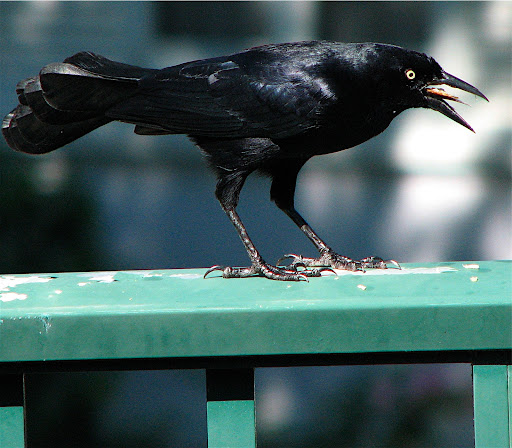Not that "raw" nature is not gorgeous. We've all seen enough of that to know the truth of it.
But there's something about the 'hidden' - but obvious - hand of man somewhere in the mix that can be incredibly appealing. A subtle shaping or encouraging or ordering that is so lovely, but yet can go so wrong. We've all seen enough of the 'so wrong' shapings as well: the one-putrid-purple-petunia-every-six-inches in a straight line manning a sidewalk. . . .
The untouched landscape is something we can observe, marvel at, be thankful for, perhaps plan changes in. The shaped landscape is one which we have responded to already - or someone has - and so it calls forth a different response to the visitor or viewer. We respond to the land and to the gardener.
Perhaps this is another aspect of the question I considered yesterday, with respect to headline questions. There is a vast difference between a 5-year-old's constant questions as her only means of gaining attention and the solitary question of an Einstein about whether time is constant. Likewise, the difference between petunia outlines in garish colours and Piet Oudolf's juxtaposition of sculpted hedges in waves behind the tangle of a deadened winter field, in front of ancient knobby trees - in a row.
It's the difference between a melancholy ache of longing and simple nausea, perhaps, but it's more than that.
It's the "more than that" that draws me.


No comments:
Post a Comment